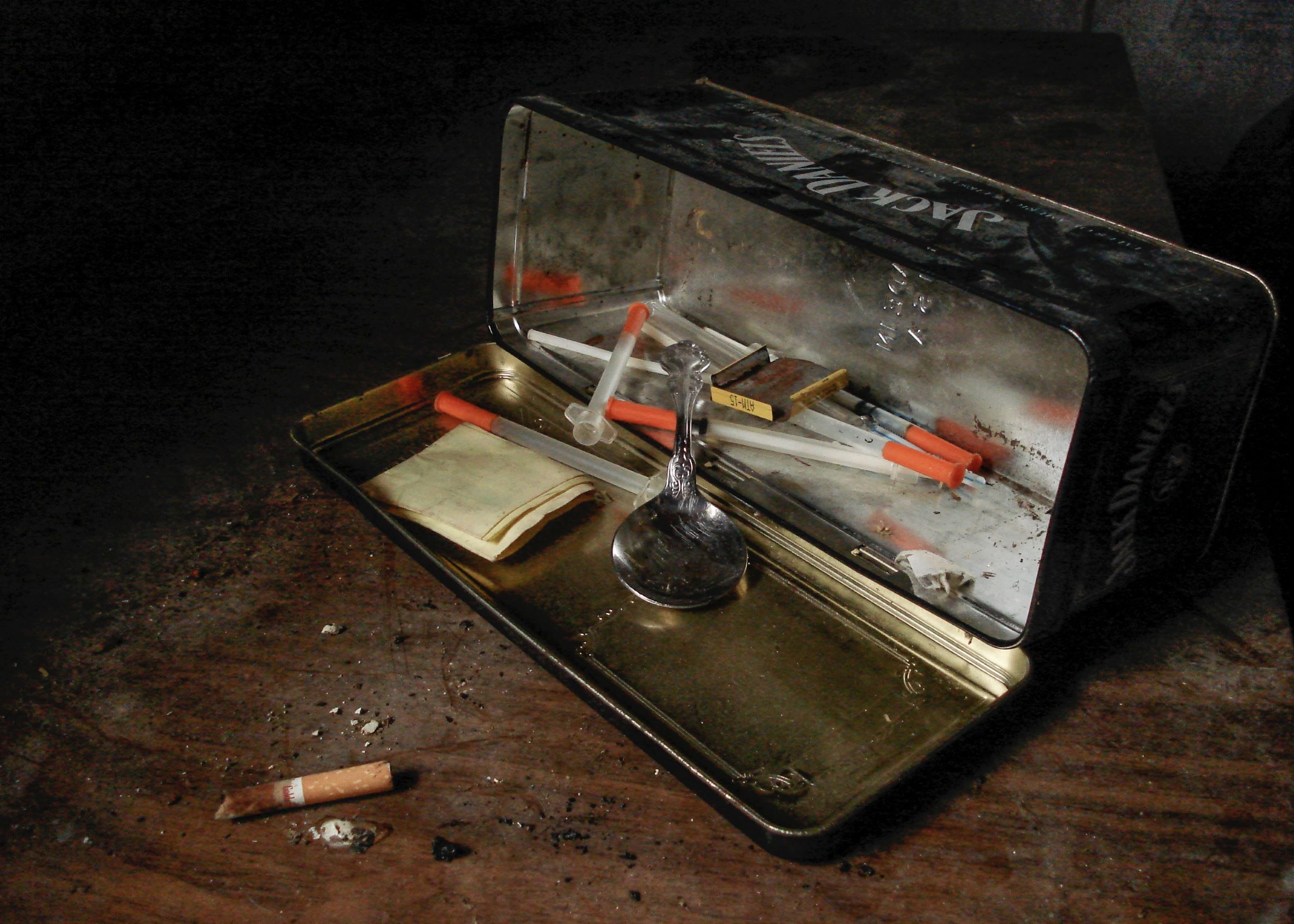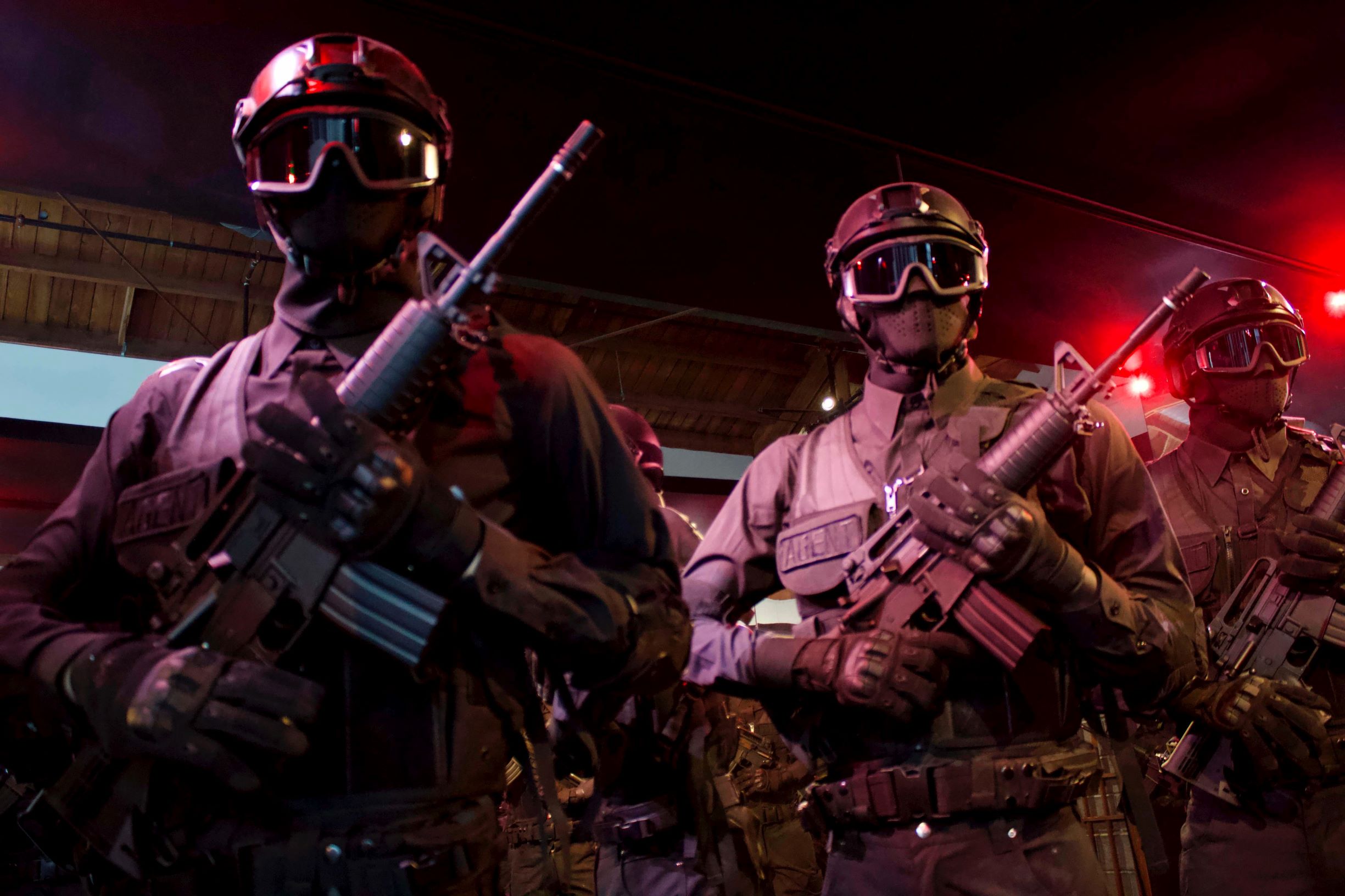8th September 2020
Share this blog post:

The illicit narcotics trade between the US, Mexico and Colombia is worth up to $120bn annually.
The illegal narcotics trade between the United States, Mexico and Colombia is worth up to $120bn annually, with all states struggling to contain illicit finance and corruption emerging from the “war on drugs”, a new study has warned.
A major investigation into the financial side of the ‘narcos’ trade in cocaine, heroin, methamphetamine and fentanyl, concludes that law enforcement bodies must view the drugs trade through more of a financial lens – targeting money launderers, traders and professionals who help to wash and hide proceeds of crime.
Governments, judicial systems, police and intelligence agencies are also urged to develop ‘big picture’ policy solutions designed to tackle systemic issues – and not just local gangs or cartels.
The US has led the global “war on drugs” since President Nixon declared drug abuse as ‘public enemy number one’ in 1971, and the US has spent hundreds of billions of dollars tackling the issue.
But in recent decades, the rise of all-powerful and violent cartels in Mexico and Colombia, assisted by vast networks of corrupt officials, has left many experts to acknowledge the US is losing its unofficial war.
The study by Global Financial Integrity (GFI), a Washington-based think-tank and lobby group, has been produced for a forthcoming US Congressional Commission and suggests measures that should be taken by the US, Mexico and Colombia to swing momentum behind law enforcement in all three states and beyond.
In the US alone, the report confirms, more than ten million people are now regular cocaine users. That’s the equivalent of the population of Sweden or Portugal – a huge target audience for cartels and drug dealers also adept at manipulating demand for more addictive, and lucrative, substances such as methamphetamine and ‘crack’ cocaine.
The study states: “Over the last five decades, the United States government has utilized a range of tools at its disposal to address the ever-growing threat of drugs to national security and economic interests. [But] by the government’s own assessment, profits from drug trafficking appear to grow year-on-year unabated.”
Headline figures for narcotics-related illicit finance flows are shocking. GFI’s best estimate is that the value of such trade now amounts to around US$90bn annually. But the think-tank warns that the real value could be as high as $121bn.
To provide some perspective on the money involved, GFI’s lower estimate is still more than the United Kingdom spends annually on law enforcement (including policing) and defence combined. Such is the scale of the drugs crisis now facing the United States, Central and South America.
In Mexico alone, narcotics-related illicit finance is now estimated to be worth approximately $40bn annually. Many local drug trafficking groups (‘plazas’) are now bigger than legitimate Mexican companies – employing up to 600 gang members directly and paying bribes to as many as 1,000 local officials to maintain and protect supply routes, distribution points and cartel members.
In Colombia, illicit narcotics are estimated to be worth 5.4% ($17bn) of the entire economy.
But while the GFI study focuses on the links between the US, Mexico and Colombia, it also warns that the volume of drug-related money, and the movement of the drugs, is now so intense that the activity is having a significant destabilising effect on neighbouring states – especially those in Central America, such as Guatemala.
Even countries as far afield as Guinea-Bissau, on the west coast of Africa, are cited as having been destabilised by the flow of illicit drugs cash flooding out of Latin America. West African states have been targeted by Mexican and Colombian cartels as a major supply route for the lucrative cocaine market in Europe.
Law enforcement agencies are currently in a permanent state of ‘catch-up’ with the cartels. US law enforcement agencies estimate they seize approximately just 5% to 10% of illicit narcotics – meaning as much as 95% of illegal supplies reach their intended targets.
GFI’s report can be read in full here (link).
The study’s authors, Julia Yansura and Lakshmi Kumar, reveal that drugs cartels and gangs use two main methods to move illicit proceeds: bulk cash smuggling and trade-based money laundering (TBML).
Once again, the GFI report also highlights the role of enablers (the study uses the term ‘gatekeepers’) in assisting with the movement of these vast sums across and within national borders. These enablers are professionals in legal, financial, business or property-related roles who (inadvertently or not) assist organised criminals in laundering their ill-gotten gains. The study also reveals the extent to which corrupt local officials help to smooth the flow of drugs across borders, often by stymieing law enforcement bodies – including corrupt officials in the United States.
Yansura and Kumar warn that many of the current tactics used to target the illicit narcotics trade, such as destroying illegal crops using planes, only disrupt supply lines temporarily.
Anti-money laundering (AML) and counter financing of terrorism (CFT) tools, the authors warn, exist but are under-utilised across the Americas.

US law enforcement agencies suggest they seize between 5% and 10% of illicit drugs.
GFI recommendations
It is essential to focus on proposed policy solutions – and not glamorise the ‘narcos’ trade as some modern media does. Here, the GFI team have produced a series of proposals aimed at improving how the US, Mexico and Colombia could better target and disrupt the illicit finance flows emerging from the drugs trade.
There is a sense in GFI’s report that law enforcement and state bodies could, at this stage, achieve more by viewing the illicit drugs trade as primarily a financial issue, rather than continuing to focus heavily on disrupting supply chains.
Importantly, Yansura and Kumar urge all three states to improve their information on ultimate beneficial owners (UBOs) of the companies, trusts, bank accounts, boats and vehicle fleets either used to traffic drugs directly – or to hide the illicit proceeds from sales. In particular, they urge far greater transparency on cross-border companies and financial tools, as well as detailed registers of speedboat and aeroplane ownership.
Interestingly, the report authors point out that Mexico outperforms the US in terms of some structures it has put in place to provide information on UBOs – although they question the extent to which some Mexican bodies apply and check local registration rules.
GFI also urges the United States to impose stricter due diligence measures on the facilitators, lawyers, financiers and company incorporation specialists used by cartels and gangs to mask and launder illicit money flows.
The US should also strengthen its trade transparency units, compiling better information on cross-border trade flows, the authors suggest.
In Mexico and Colombia, GFI suggests, more needs to be done to impose strict UBO rules on non-financial trades to halt money laundering. This recommendation comes amid increasing evidence that while banks and other financial institutions in Mexico and Colombia have introduced stricter, more transparent, UBO rules, cartels and traffickers have merely switched their laundering activities to more physical assets. The gangs simply purchase high-value physical goods directly – such as cars, boats or heavy construction equipment – export them across borders, and realise that value at a later date.
Both nations are also urged to work closely with the US in developing anti-money laundering and trafficking arrangements – and to make better use of their existing rules. GFI’s authors note that both Mexico and Colombia have specific anti-laundering laws in place. Yet, the number of convictions for financial crimes (particularly in Colombia) is low: suggesting that enforcement is either poor or hampered by corruption.
Improved national information sharing between anti-laundering and trafficking agencies within both Colombia and Mexico is also encouraged, amid continued signs that some organisations remain particularly vulnerable to corruption and impede progress.
Share this blog post:
30th March 2023
New Thinking Archive: Braverman and UK Asylum Seekers
Quite rightly, the treatment of UK immigrants and asylum seekers is back in the news. There’s a lot to say about the UK government’s handling of these delicate policy issues,…
Read now
22nd March 2023
New Thinking Archive: China and Illicit Trade
This week, another article from the New Thinking magazine archive – on the reality of China’s illicit trade. Timely, given President Xi’s recent visit to Moscow. A few interesting, and…
Read now